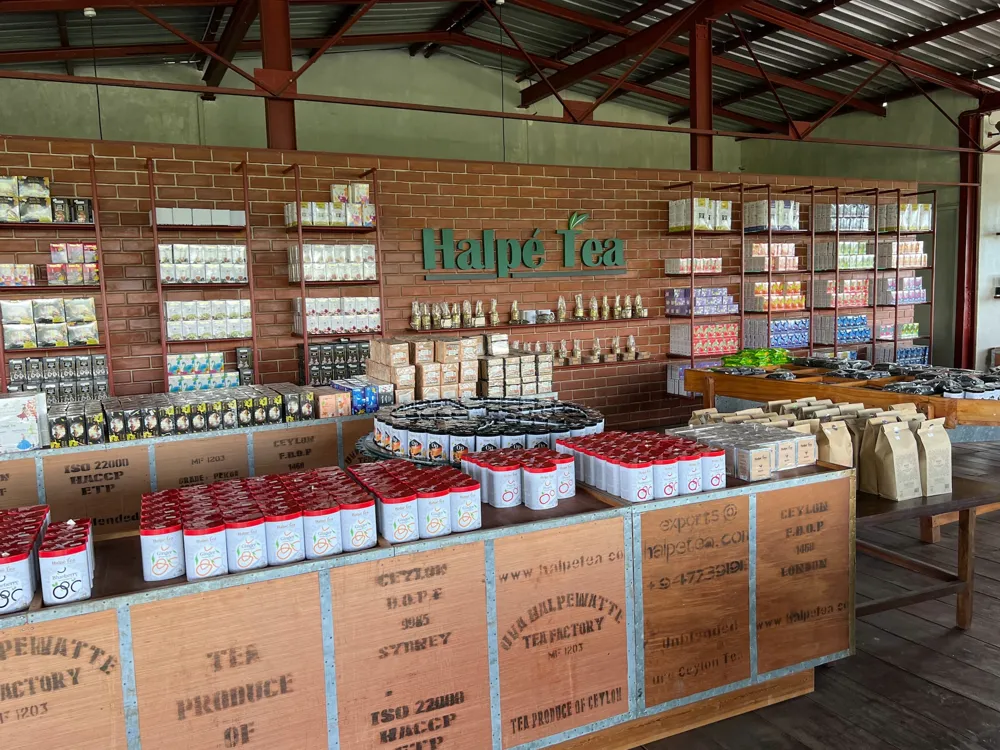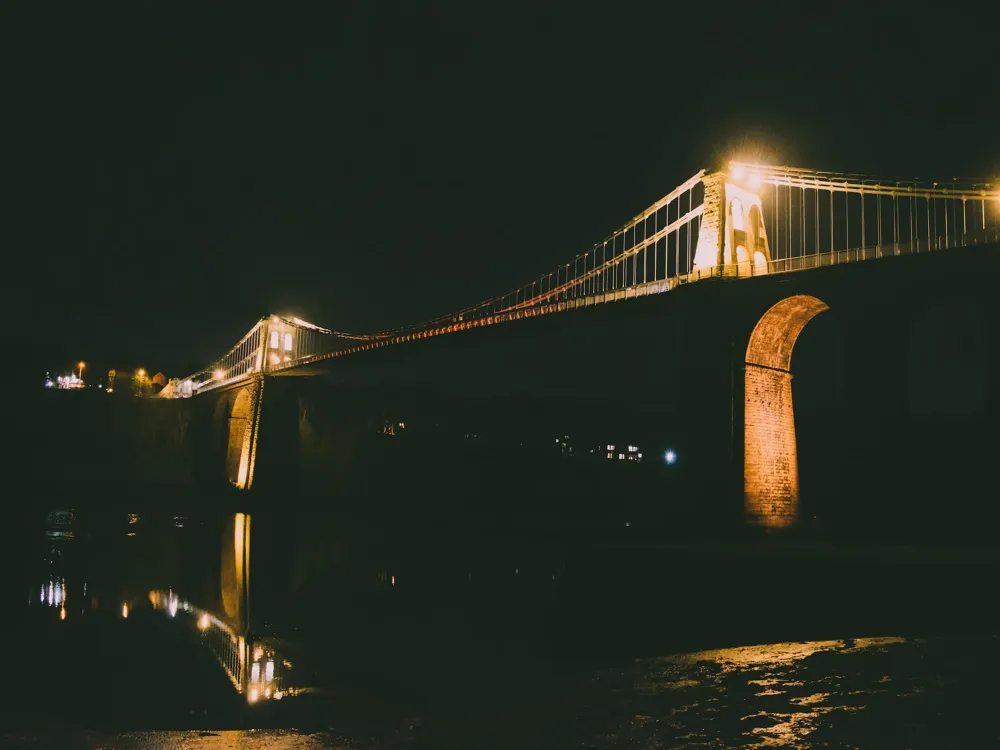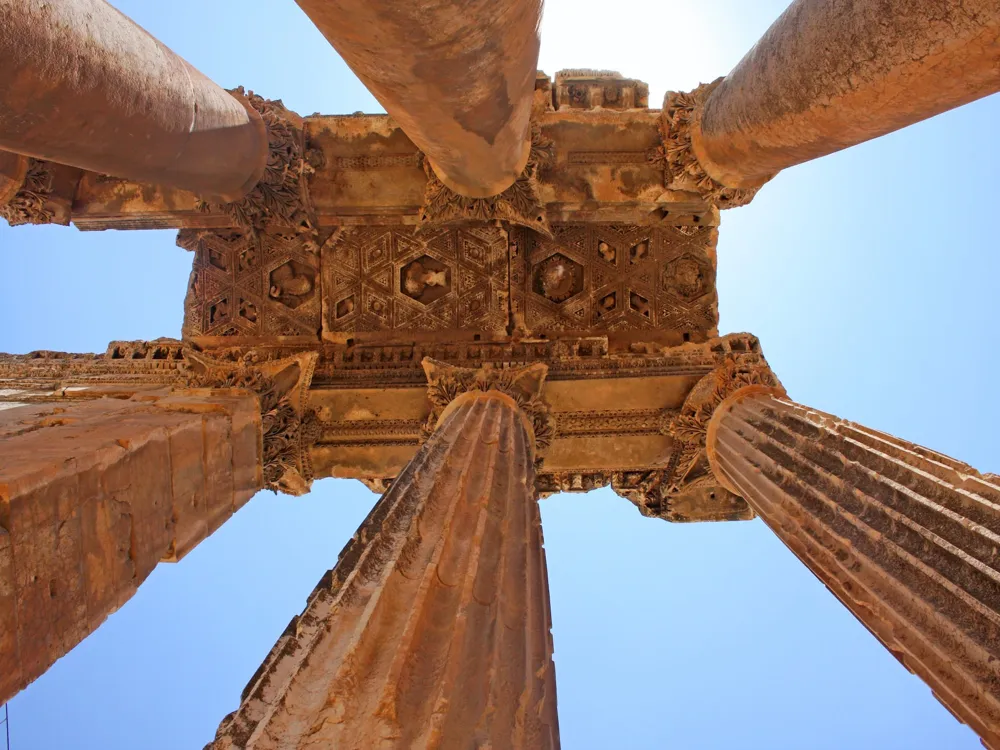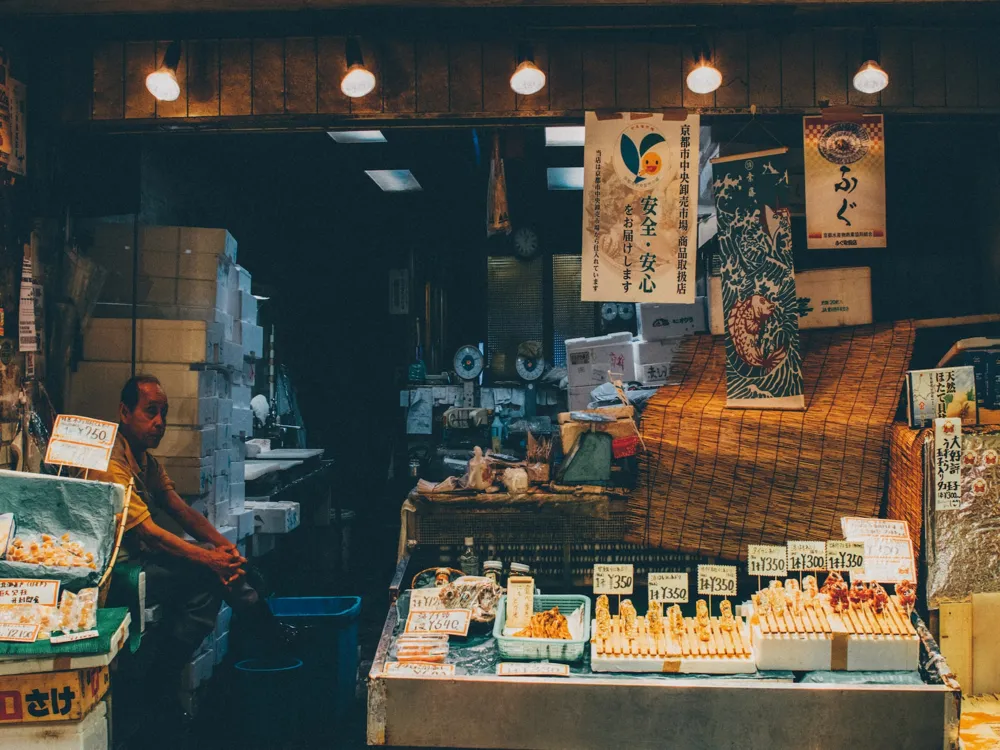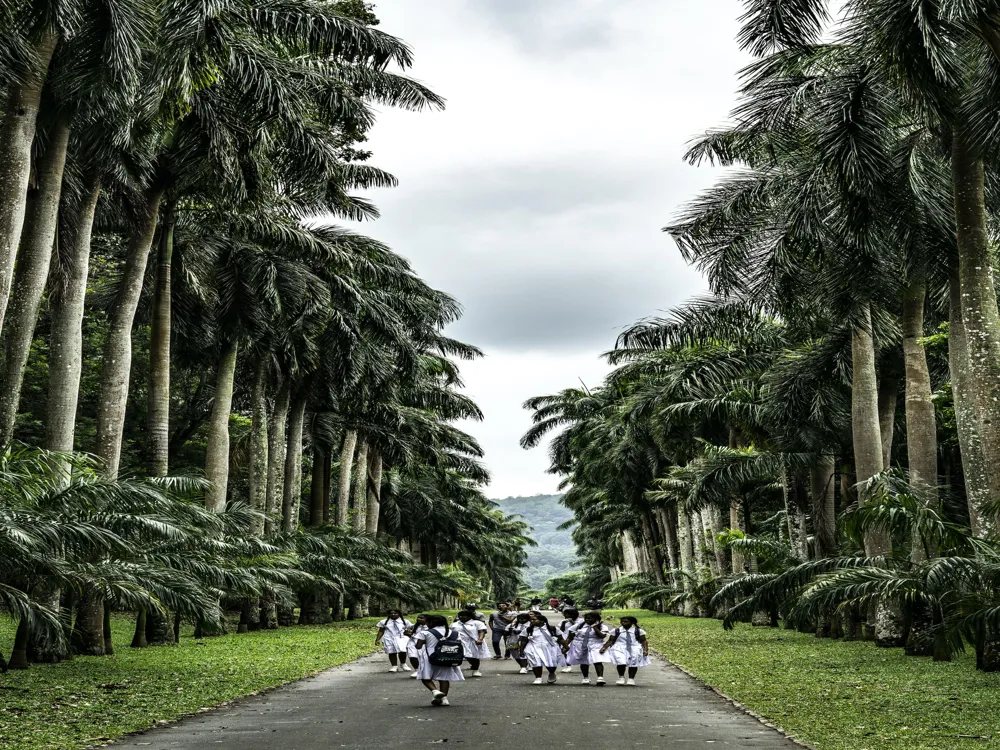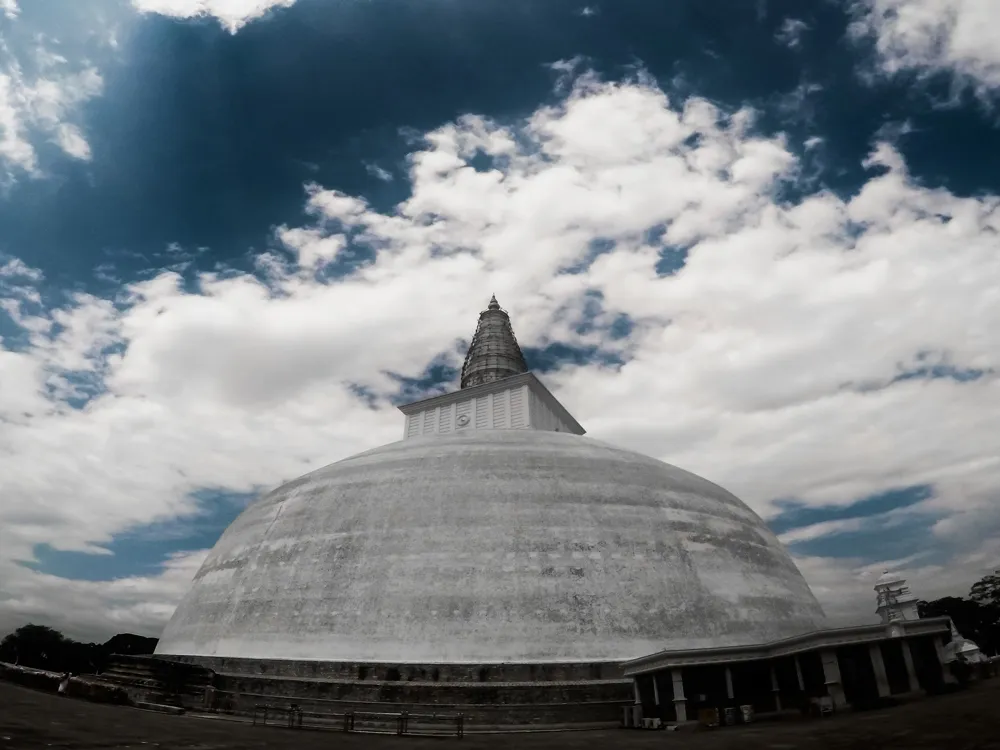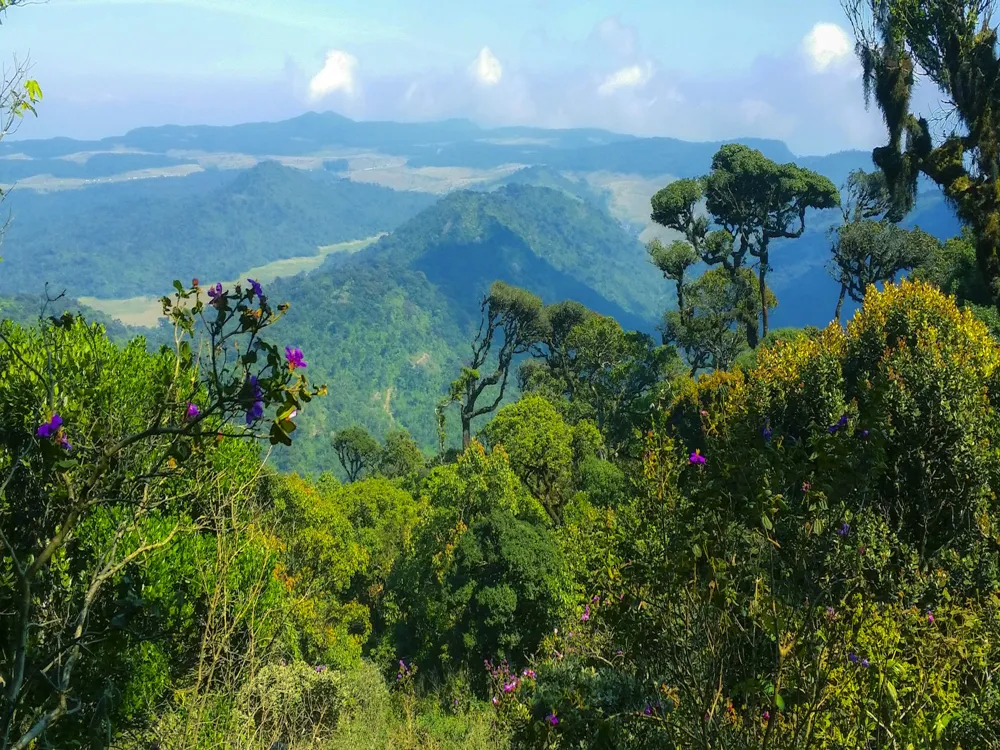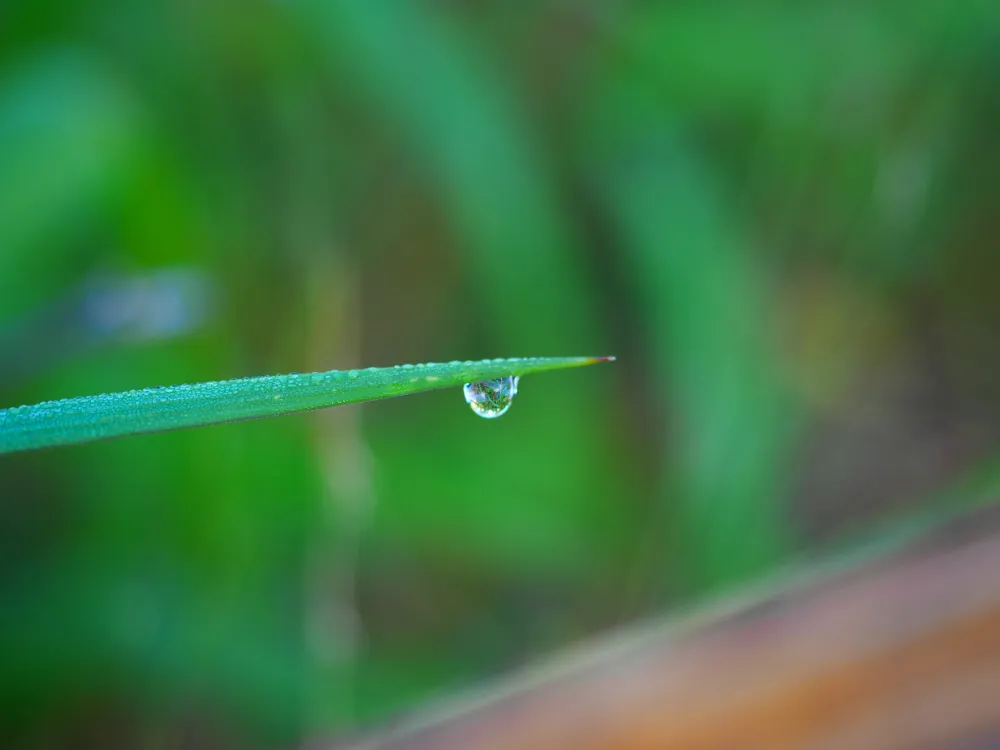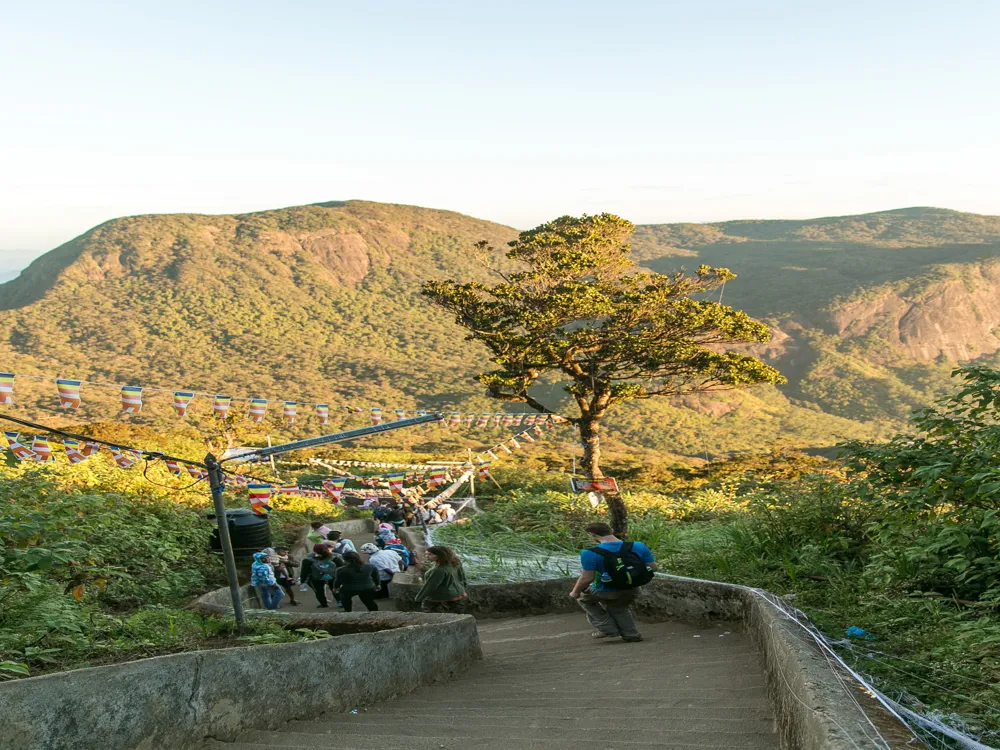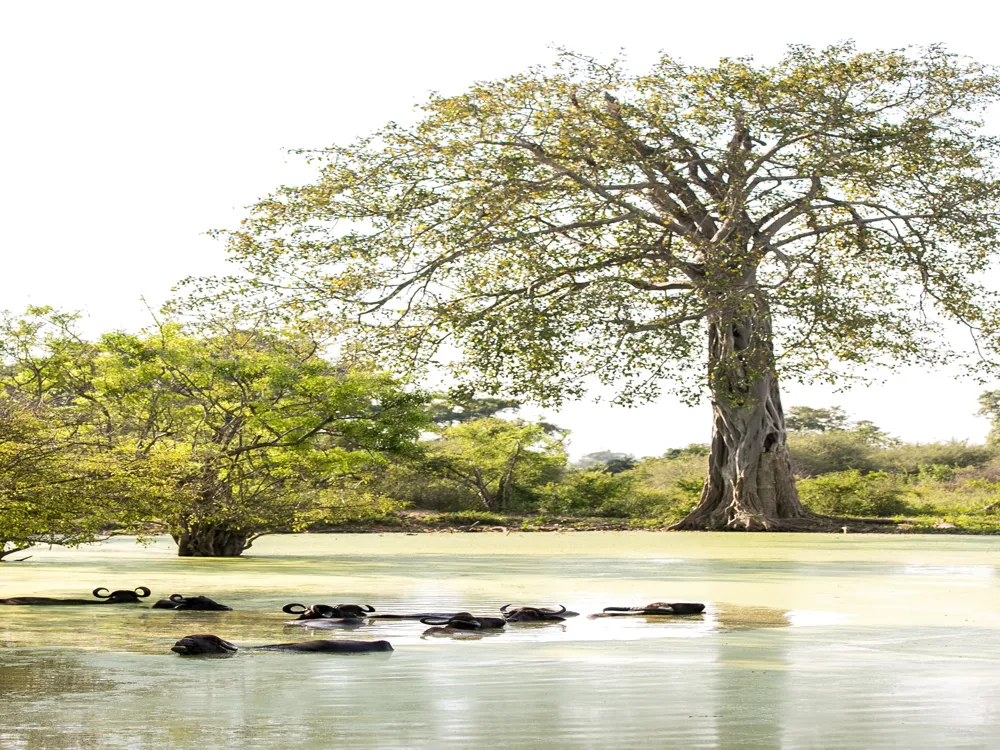The Muthiyangana Temple, located in the heart of Badulla, Sri Lanka, is a revered site with a rich history and cultural significance. This ancient Buddhist temple, steeped in legend, is believed to be one of the sixteen places visited by Lord Buddha during his three visits to Sri Lanka. Its origins trace back to the time of Buddha, over 2600 years ago, making it a site of immense historical and religious importance. The temple's history is intertwined with the story of Lord Buddha's visit to the island and his encounter with the Naga King, who is said to have been converted to Buddhism at this very site. This event marks the temple not only as a spiritual center but also as a symbol of the spread of Buddhism in Sri Lanka. Over the centuries, the temple has been a focal point for pilgrims and historians alike, offering a unique glimpse into the island's religious and cultural evolution. Muthiyangana Temple is more than just a religious site; it's a beacon of faith for Buddhists across Sri Lanka and the world. Its significance lies in its direct connection to Lord Buddha, making it one of the most sacred places in the Buddhist world. The temple serves as a living testament to the enduring legacy of Buddhism in Sri Lanka and continues to attract thousands of devotees annually, who come to pay homage and seek spiritual solace. The architecture of Muthiyangana Temple is a testament to the artistic and engineering skills of ancient Sri Lankans. The temple complex boasts a unique blend of traditional Buddhist architecture with influences from various historical periods. Key architectural features include the stupa, which is a prominent symbol of Buddhist heritage, intricately carved stone pillars, and ancient murals that depict various episodes from Buddhist lore. The temple's design reflects a deep understanding of both spiritual and aesthetic principles, creating a space that is not only sacred but also visually stunning. The use of local materials and traditional construction techniques adds to the temple's authenticity, making it a true representation of Sri Lankan heritage. Visitors to Muthiyangana Temple are advised to dress modestly, covering shoulders and legs. It's recommended to wear loose-fitting clothing that is comfortable for walking and respectful of the temple's sacred nature. Respectful behavior is expected at all times. Visitors should speak softly, avoid inappropriate behavior, and follow the temple's guidelines. It's important to remember that Muthiyangana is a place of worship and spiritual reflection. While photography is allowed, it should be done without disturbing the sanctity of the temple. Flash photography and photographing inside certain areas may be restricted, so it's advisable to check with the temple authorities beforehand. Muthiyangana Temple is easily accessible from most parts of Sri Lanka. The temple is located in the city of Badulla, which is well-connected by road and rail. Visitors can reach Badulla by bus or train from major cities like Colombo and Kandy. Once in Badulla, the temple is a short walk or a quick tuk-tuk ride away from the city center. The journey to the temple is as scenic as it is spiritual, with the route passing through some of Sri Lanka's most picturesque landscapes. Whether you're a pilgrim, a history enthusiast, or simply a traveler seeking a unique experience, Muthiyangana Temple offers a profound glimpse into Sri Lanka's spiritual heart. Read More:Overview of Muthiyangana Temple in Badulla
The Significance of Muthiyangana Temple
Architectural Marvel of Muthiyangana Temple
Tips When Visiting Muthiyangana Temple
Dress Code
Conduct Within the Temple
Photography Guidelines
How To Reach Muthiyangana Temple
Muthiyangana Temple
Badulla
NaN onwards
View badulla Packages
Weather :
Tags : Temple
Timings : 24 hours
Planning a Trip? Ask Your Question
Badulla Travel Packages
View All Packages For Badulla
Top Hotel Collections for Badulla

Private Pool

Luxury Hotels

5-Star Hotels

Pet Friendly
Top Hotels Near Badulla
Other Top Ranking Places In Badulla
View All Places To Visit In badulla
View badulla Packages
Weather :
Tags : Temple
Timings : 24 hours
Planning a Trip? Ask Your Question
Badulla Travel Packages
View All Packages For Badulla
Top Hotel Collections for Badulla

Private Pool

Luxury Hotels

5-Star Hotels

Pet Friendly







